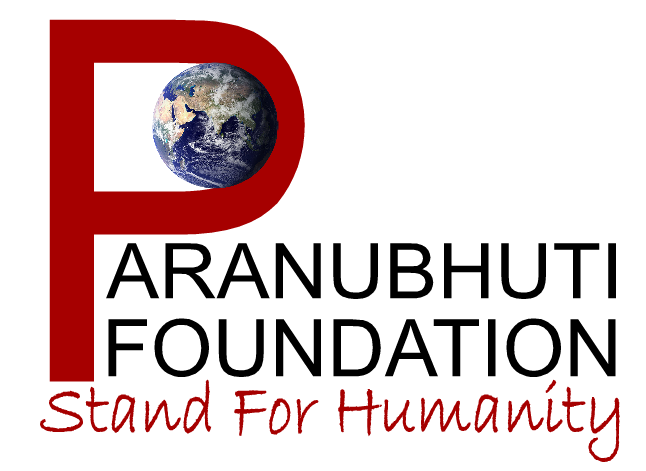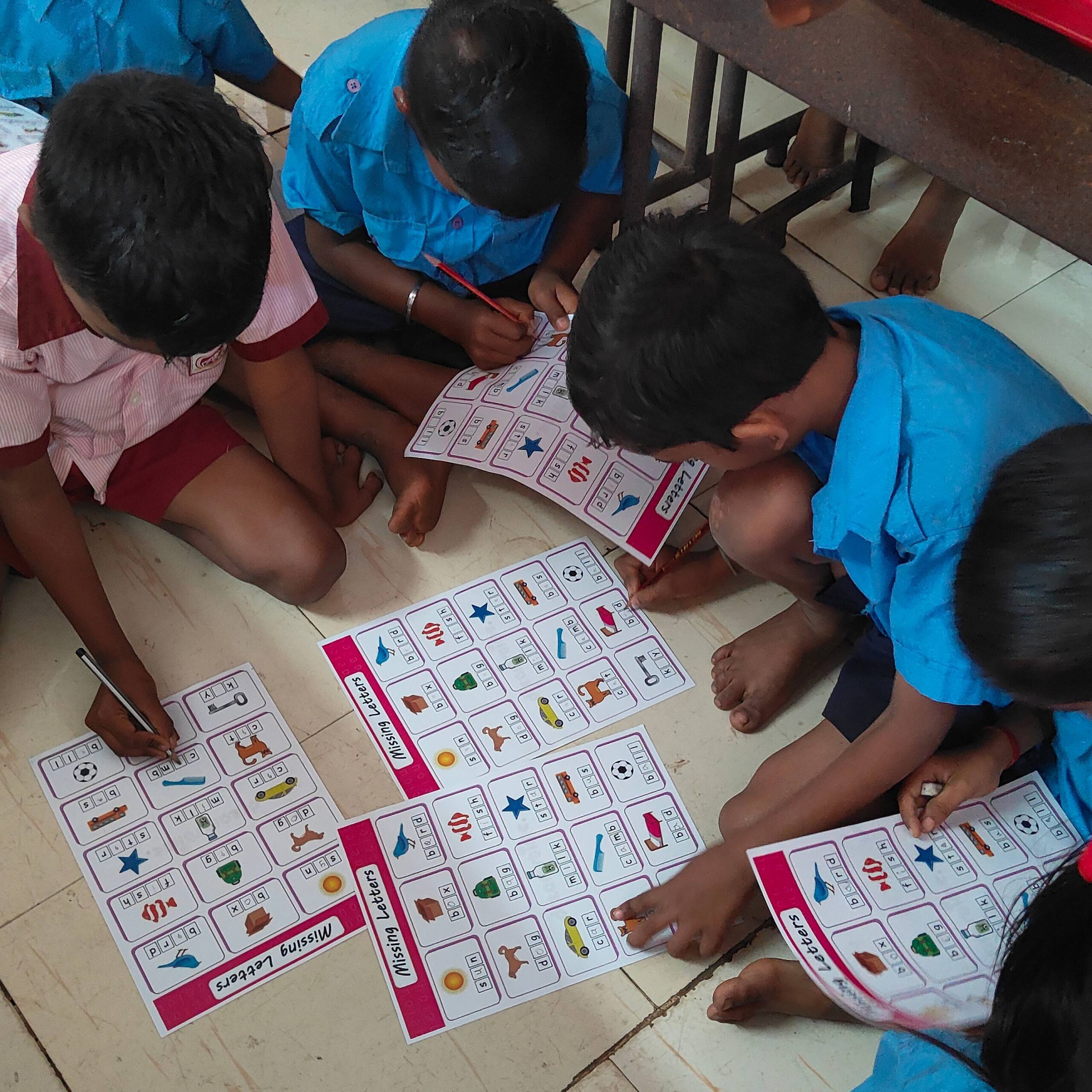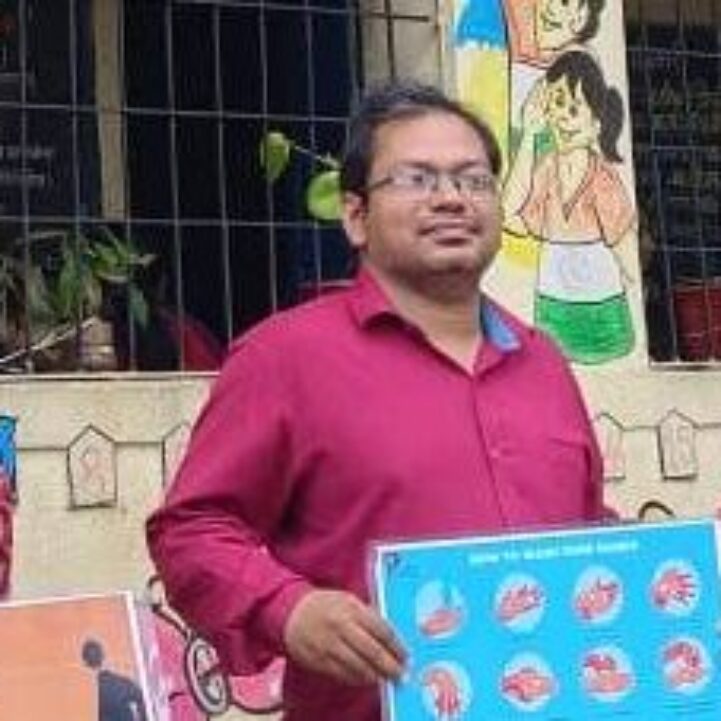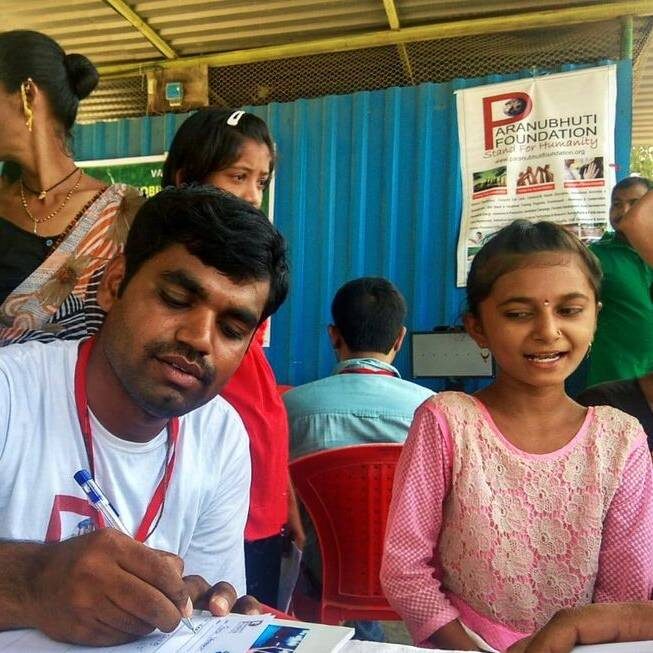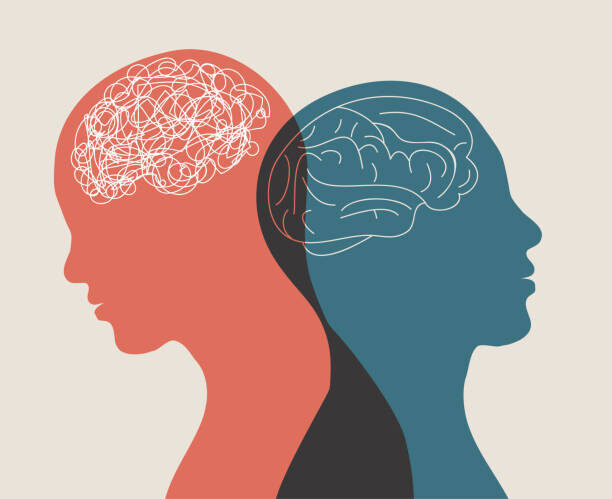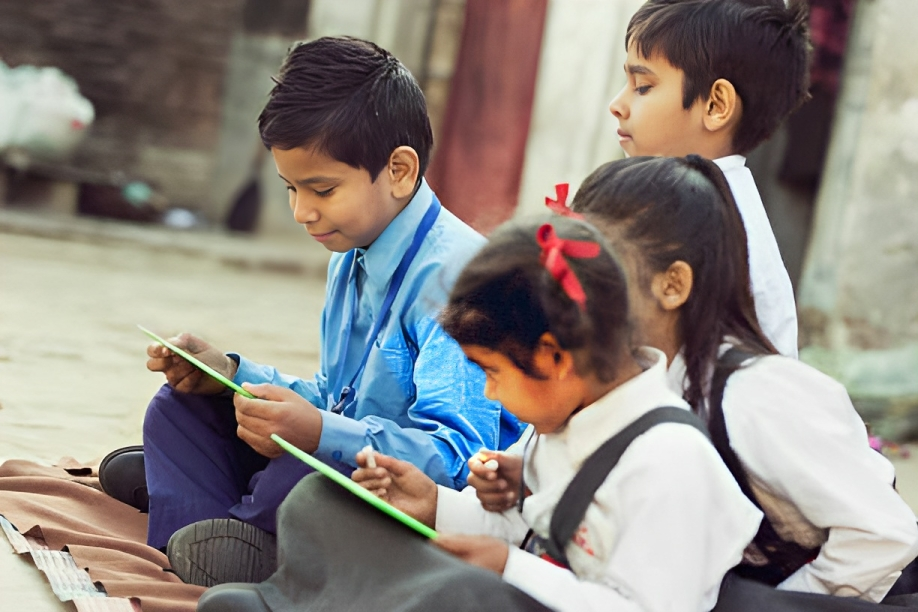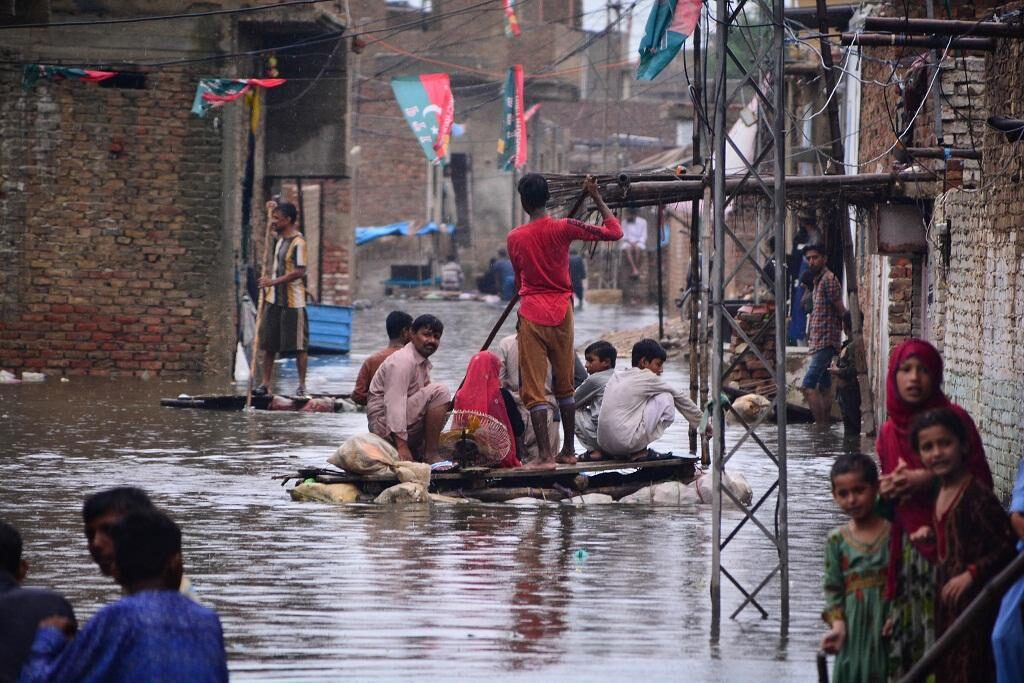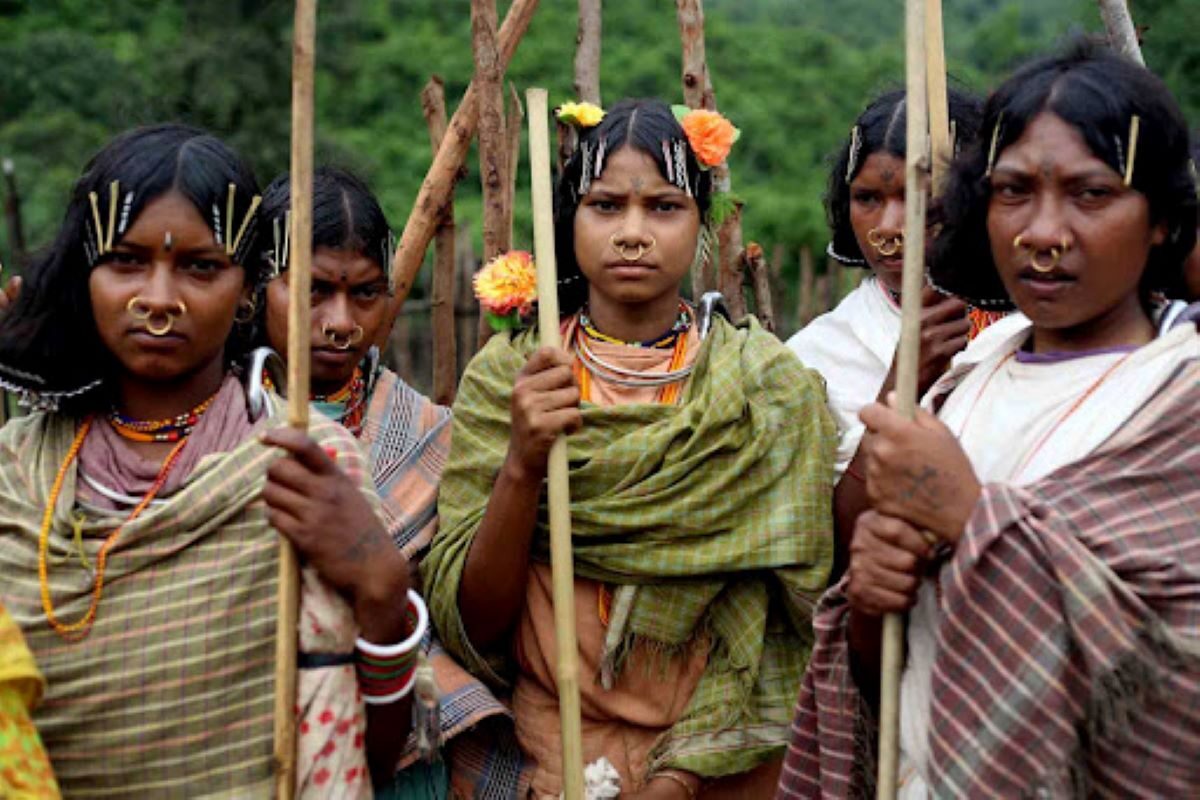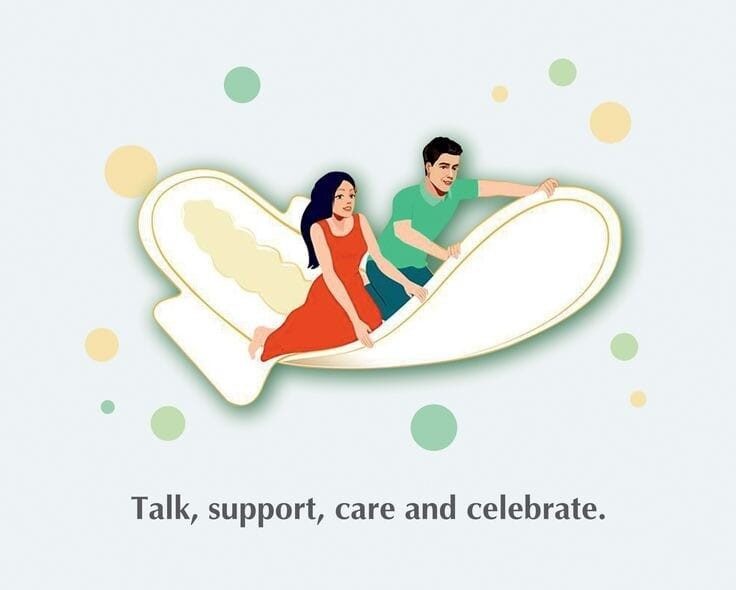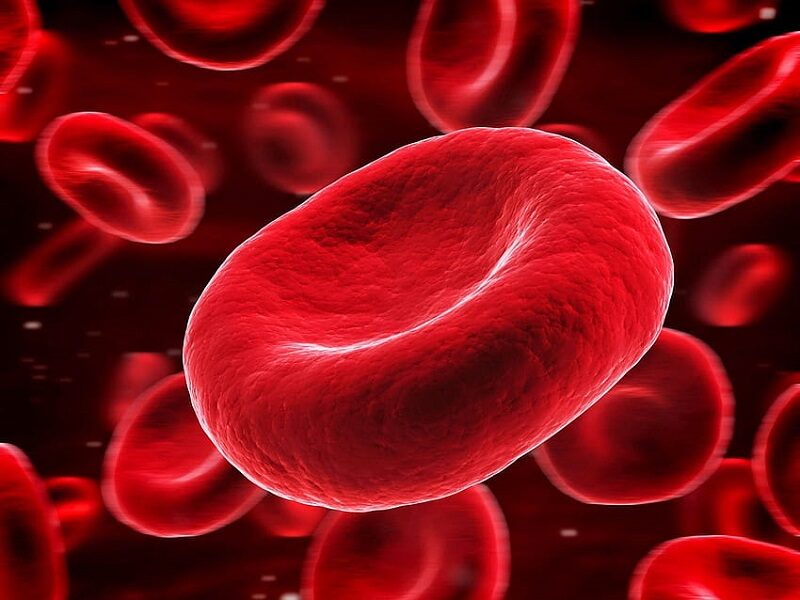POSH Act: Addressing Workplace Harassment
Abstract
The purpose of the Prevention of Sexual Harassment (POSH) Act is to ensure a dignified and safe workplace for each employee. Through comprehension of its history, principal clauses, consequences, difficulties, achievements, implementation, and suggestions, we can promote an inclusive and equitable work environment.
Context of the Posh Act
In response to the growing number of workplace sexual harassment incidents, the POSH Act was introduced. It was passed in order to give those targeted safeguarding and legal options, enabling them to report harassment without worrying about reprisals.
Key Provisions of the Posh Act
- The act clearly defines what is considered unacceptable behaviour and defines sexual harassment.
- It necessitates organizations to set up Internal Complaints Committees (ICCs) in order to investigate and handle harassment complaints.
- The act guarantees due process and confidentiality while complaints are being investigated.
Impact of the Posh Act on Society
The Posh Act has been crucial in altering social norms and raising awareness of harassment in the workplace. It has prompted corporations to create safer work environments and given staff members the courage to report harassment.
Challenges and Criticisms of the Posh Act
- Insufficient Awareness: The fact that both employers and employees are unaware of the act is one of the problems. Increased efforts are required to inform and train people about their rights and obligations.
- Implementation Issues: Some organizations struggle to implement the act because they lack the necessary support networks, resources, or policies.
- Legal Loopholes: Critics contend that in order to address new issues and close any potential legal loopholes, the act needs to be strengthened even more.
Success Stories and Case Studies Related to the Posh Act
Fostering Inclusion
The Posh Act has been successfully implemented by a number of organizations, fostering diversity, equality of opportunity, and a respectful work environment.
Conflict Resolution
The legislation has made it easier to resolve disputes at work by giving harassment complaints a formalized framework.
Enforcement and Penalties under the Posh Act
- The prompt and impartial investigation of complaints is the responsibility of the ICCs.
- Fines and even imprisonment are possible consequences for breaking the act.
- Highly qualified staff may leave an organization and reputational harm may result from not implementing the act.
Conclusion and Recommendations
Without a doubt, the POSH Act has served to prevent and resolve workplace harassment. It is crucial for organizations to continuously train and educate their staff, create policies that support it, and cultivate an inclusive and respectful culture in order to further maximize its impact.

